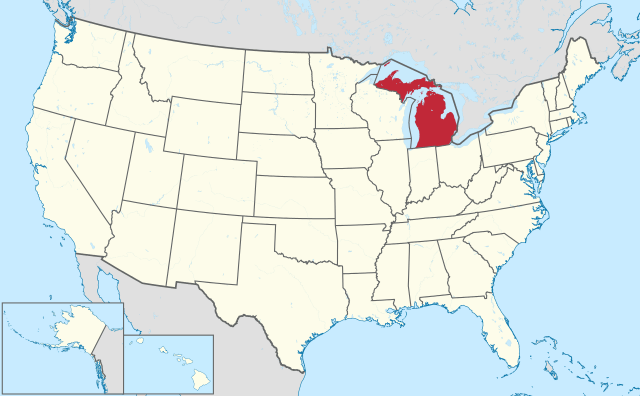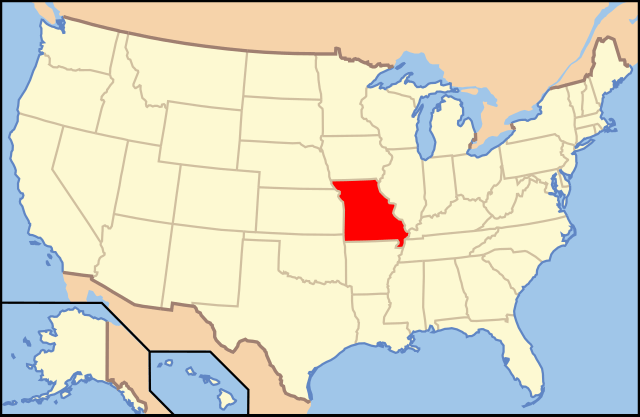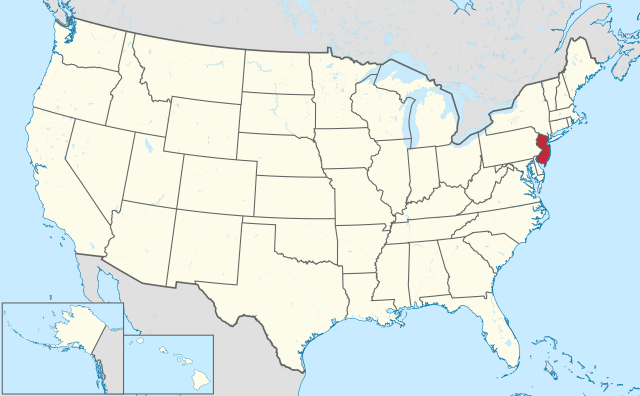Massachusetts incarceration rates have surged over four decades, with about 16,000 currently confined and over 70,000 passing through jails annually. This high rate, coupled with minority overrepresentation, highlights systemic issues. Governor Maura Healey is addressing these challenges with initiatives like pardoning marijuana possession offenses, aiming to correct past injustices and offer second chances. These reforms seek to create a more equitable justice system, aligning Massachusetts with global standards.




